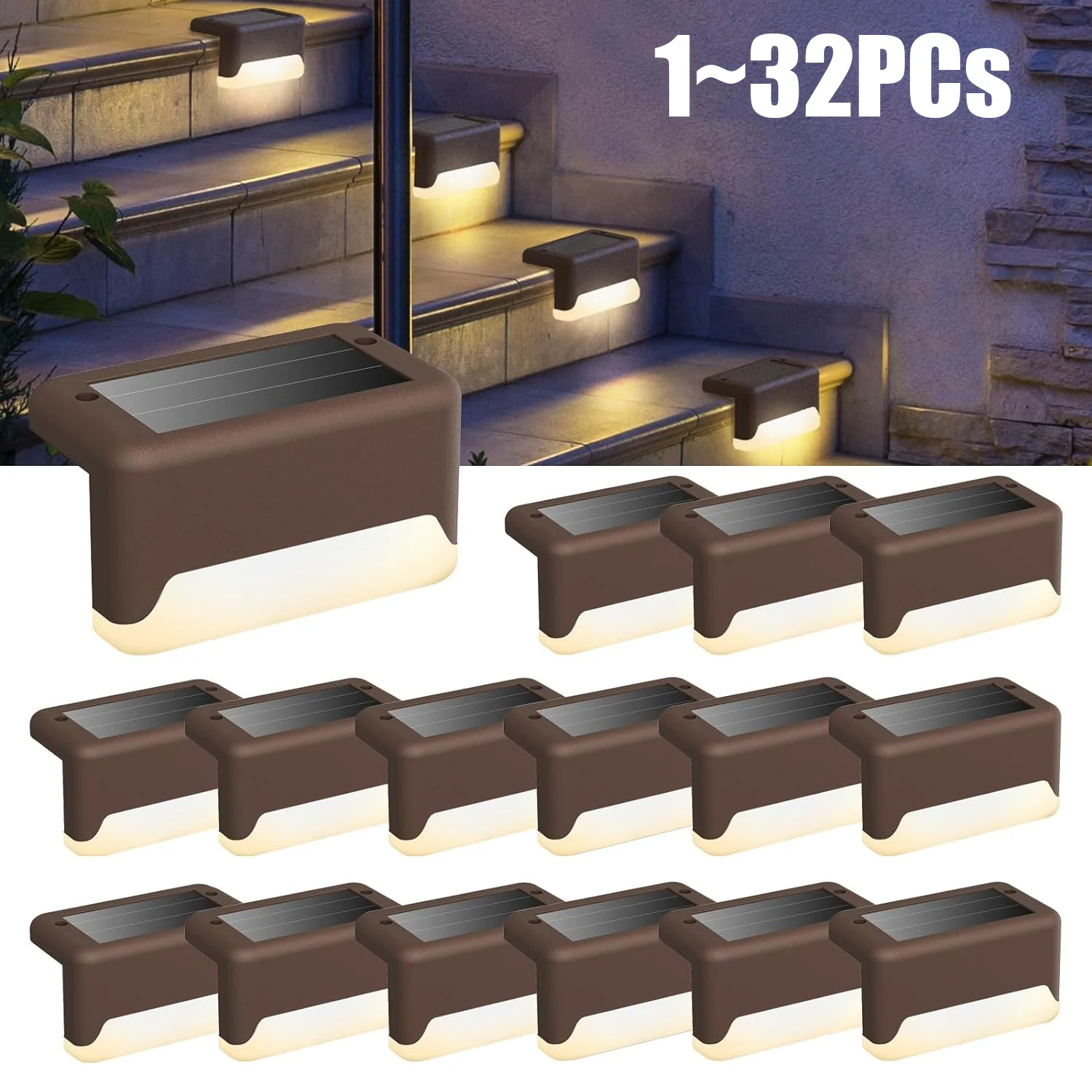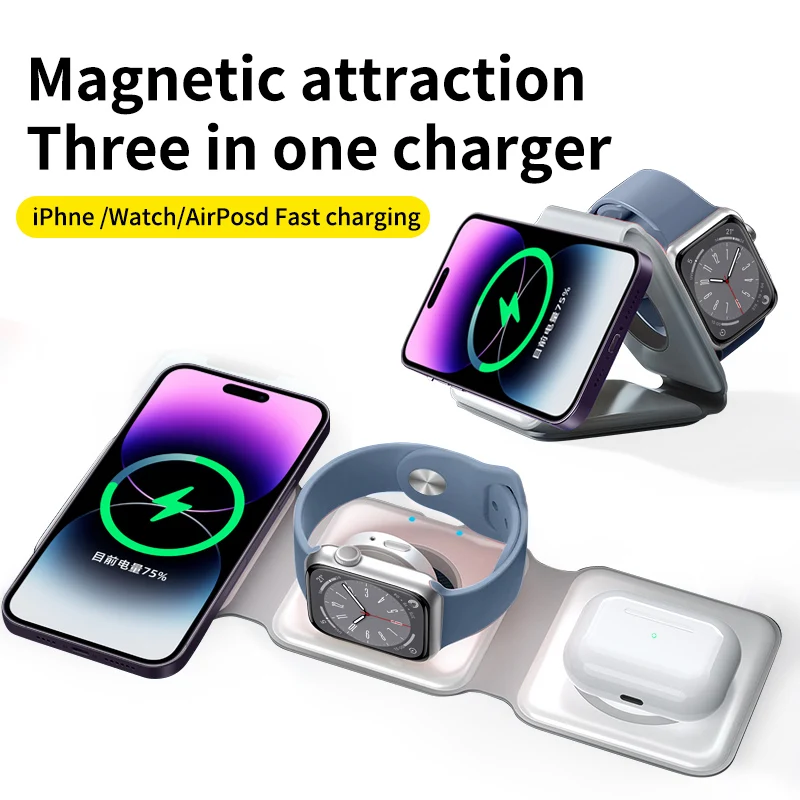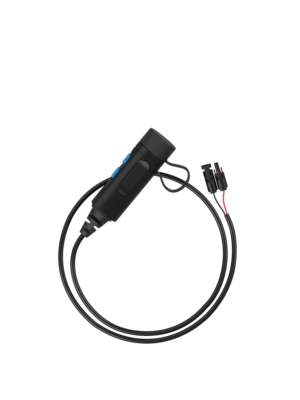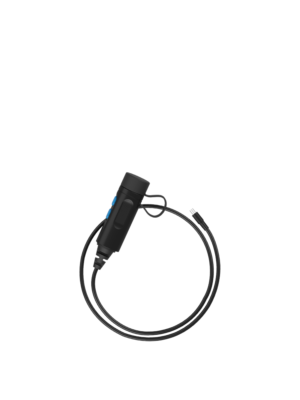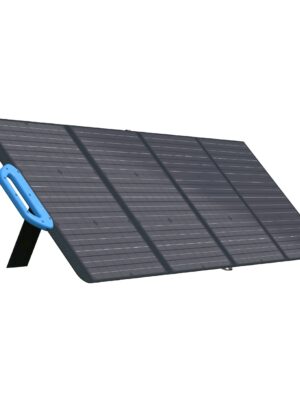The US wants to dress military in smart surveillance apparel
An ongoing smart apparel project overseen by US defense and intelligence agencies has received a $22 million funding boost towards the “cutting edge” program designing “performance-grade, computerized clothing.” Announced late last month via Intelligence Advanced Research Projects Activity (IARPA), the creatively dubbed Smart Electrically Powered and Networked Textile Systems (SMART ePANTS) endeavor seeks to develop a line of “durable, ready-to-wear clothing that can record audio, video, and geolocation data” for use by personnel within DoD, Department of Homeland Security, and wider intelligence communities.
“IARPA is proud to lead this first-of-its-kind effort for both the IC and broader scientific community which will bring much-needed innovation to the field of [active smart textiles],” Dawson Cagle, SMART ePANTS program manager, said via the August update. “To date no group has committed the time and resources necessary to fashion the first integrated electronics that are stretchable, bendable, comfortable, and washable like regular clothing.”
Smart textiles generally fall within active or passive classification. In passive systems, such as Gore-Tex, the material’s physical structure can assist in heating, cooling, fireproofing, or moisture evaporation. In contrast, active smart textiles (ASTs) like SMART ePANTS’ designs rely on built-in actuators and sensors to detect, interpret, and react to environmental information. Per IARPA’s project description, such wearables could include “weavable conductive polymer ‘wires,’ energy harvesters powered by the body, ultra-low power printable computers on cloth, microphones that behave like threads, and ‘scrunchable’ batteries that can function after many deformations.”
[Related: Pressure-sensing mats and shoes could enhance healthcare and video games.]
According to the ODNI, the new funding positions SMART ePANTS as a tool to assist law enforcement and emergency responders in “dangerous, high-stress environments,” like crime scenes and arms control inspections. But for SMART ePANTS’ designers, the technologies’ potential across other industries arguably outweigh their surveillance capabilities and concerns.
“Although I am very proud of the intelligence aspect of the program, I am excited about the possibilities that the program’s research will have for the greater world,” Cagle said in the ODNI’s announcement video last year.
Cagle imagines scenarios in which diabetes patients like his father wear clothing that consistently and noninvasively monitors blood glucose levels, for example. Privacy advocates and surveillance industry critics, however, remain incredibly troubled by the invasive ramifications.
“These sorts of technologies are unfortunately the logical next steps when it comes to mass surveillance,” Mac Pierce, an artist whose work critically engages with weaponized emerging technologies, tells PopSci. “Rather than being tied to fixed infrastructure they can be hyper mobile and far more discreet than a surveillance van.”
[Related: Why Microsoft is rolling back its AI-powered facial analysis tech.]
Last year, Pierce designed and released DIY plans for a “Camera Shy Hoodie” that integrates an array of infrared LEDs to blind nearby night vision security cameras. SMART ePANTs’ deployment could potentially undermine such tools for maintaining civic and political protesters’ privacy.
“Wiretaps will never be in fashion. In a world where there is seemingly a camera on every corner, the last thing we need is surveillance pants,” Albert Fox Cahn, executive director for the Surveillance Technology Oversight Project, tells PopSci.
“It’s hard to see how this technology could actually help, and easy to see how it could be abused. It is yet another example of the sort of big-budget surveillance boondoggles that police and intelligence agencies are wasting money on,” Cahn continues. “The intelligence community may think this is a cool look, but I think the emperor isn’t wearing any clothes.”
Please Support Our Sponsors
Solar Power Generator Discounts Along With Free Shipping
- 10% OFF for Jackery Solar Generator 2000 Pro Series with code "JADEAL"
- 10% OFF for Jackery SolarSaga 200W Solar Panel with code "JADEAL"
- 10% OFF for Jackery Solar Generator 1500 Series with code "JADEAL"
- 10% OFF for Jackery Solar Generator 1000 Series with code "JADEAL"
- 10% OFF for Jackery Explorer 1500 Portable Power Station with code "JADEAL"
- 10% OFF for Jackery Explorer 1000 Pro Portable Power Station with code "JADEAL"
- 10% OFF for Jackery Explorer 500 Pro Portable Power Station with code "JADEAL"
- 10% OFF for Jackery Explorer 300 Pro Portable Power Station with code "JADEAL"
- 10% OFF for Jackery SolarSaga 100W Solar Panel with code "JADEAL"

The University of Georgia is represented by the Georgia Bulldogs . The Bulldogs participate in the Southeastern Conference's (SEC) Eastern Division of the NCAA.
They play their home games in the storied Sanford Stadium in Athens, Georgia. The first season in Georgia was in 1892. In 1942, 1980, and 2021, the Georgia Bulldogs won three national championships.
The Georgia Bulldogs have additionally been crowned the National Champion in four additional seasons by at least one polling organization (1920, 1927, 1946 and 1968).
The Georgia Bulldogs are tied for second place in conference history with their 15 conference titles, including 13 SEC titles, and their 59 bowl appearances, which ranks second all-time.
In addition, the program has produced five top picks in the National Football League (NFL) draft, two Heisman Trophy winners, numerous winners of various national honors, and many others.

Longhorns football represents the University of Texas in Austin often known as Texas, UT or the Texas Longhorns. The Longhorns represent the Big 12 Conference in the NCAA Division. They play in Austin, Texas, at the Darrell K. Royal-Texas Memorial Stadium.
The Texas Longhorns are ranked third and seventh, respectively, in terms of all-time wins and win-loss records, with over 900 victories and an overall win-loss percentage of.705.
The legendary program also boasts four national titles, 32 conference titles, 100 First Team All-Americans, and two Heisman Trophy winners.
Get your Texas Longhorns Revival T-Shirt today. The Texas Longhorns Rustic Revival shirt is also a fan favorite.
Many college sports fans like to wear their gear all around town, get your Texas Longhorns Centered gear and show your support.


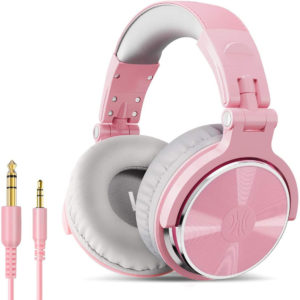

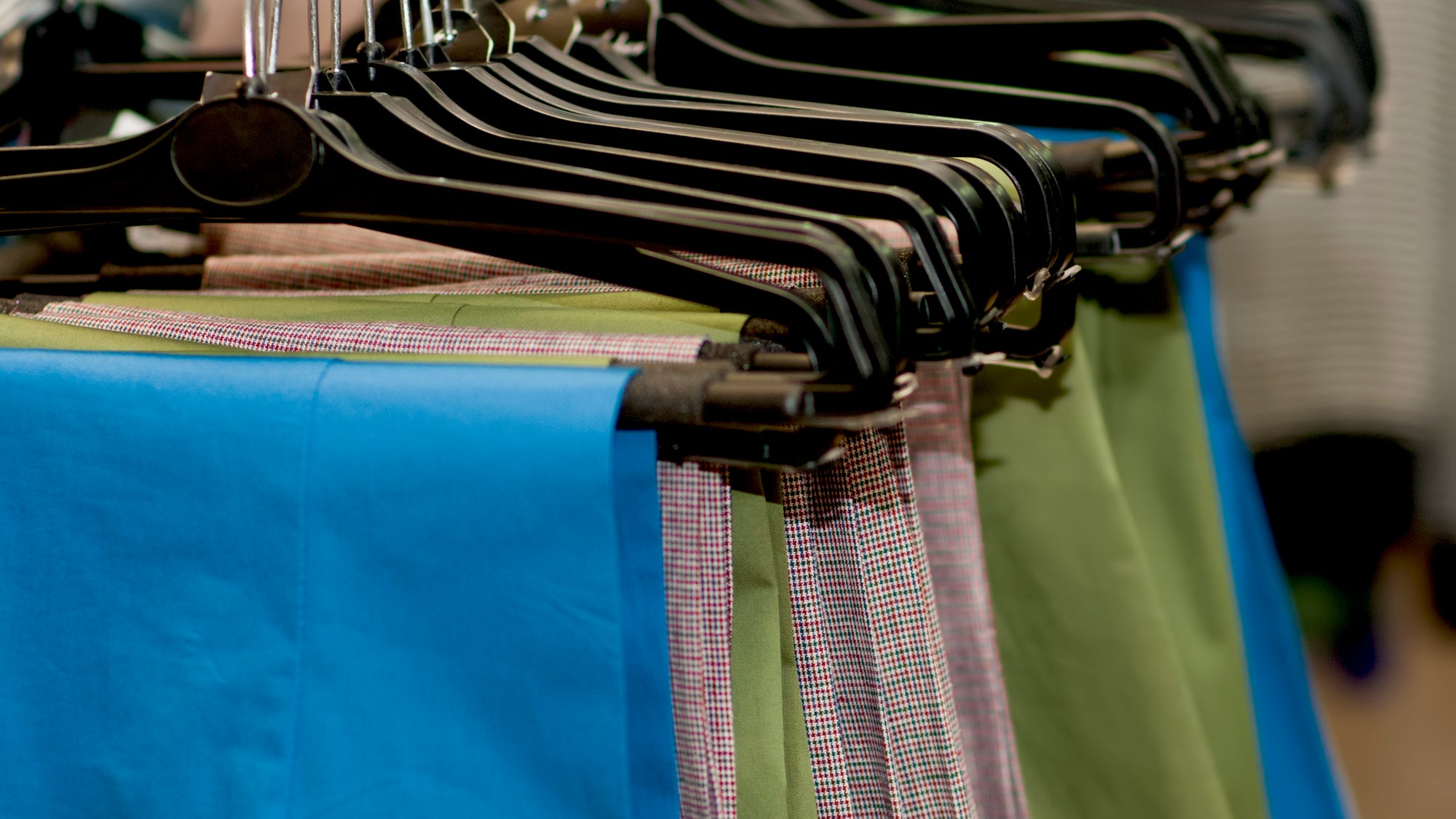
 Gettr
Gettr



